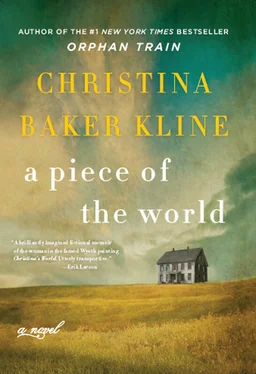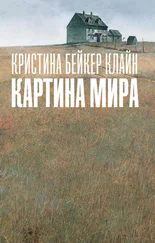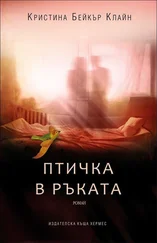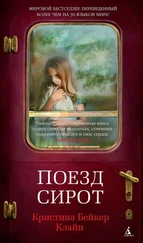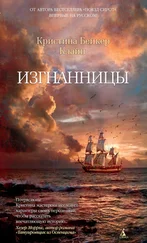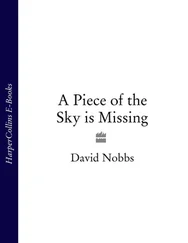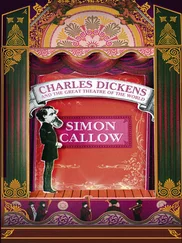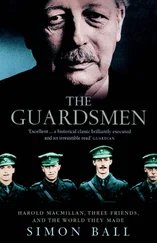So I want to thank my father, William Baker, and my late mother, Christina Baker, who taught their four daughters that living close to the elements can make you more attuned not only to the world around you, but to the world within. I have no doubt that my unusual childhood shaped me as a writer. And in my last two novels, Orphan Train and now this one, I’ve drawn explicitly from those early experiences to create characters who live simply, without the modern-day amenities that most of us have come to expect.
One sunny afternoon in July 2013 I took a tour of the Christina Olson house in Cushing, Maine, led by a young woman named Erica Dailey. Erica noticed that I was taking notes and asked if I was writing an article; I confessed that I was thinking about writing a novel. As I was leaving the house, another docent, Rainey Davis, pulled me aside, slipped her card into my hand, and told me to reach out if I had more questions. I did—and Rainey and I became fast friends. We met in Rockland, Maine and even Sarasota, Florida, where she has a house and I was giving a lecture. Some months later, another docent, Nancy Jones, sent me an email offering to introduce me to some people close to Christina. Through her, I met Andrew Wyeth’s nephew David Rockwell, whose knowledge about the Wyeths and the Olson House is encyclopedic; Jean Olson Brooks, Christina’s niece, who knew her intimately for many years; ninety-year-old Joie Willimetz, a distant cousin of Christina’s who shared her childhood memories of visiting Christina in the 1930s and ’40s; and Ronald J. Anderson, M.D., a Harvard Medical School professor who, in The Pharos medical journal, argued persuasively that Christina had a hereditary motor sensory neuropathy called Charcot-Marie-Tooth disease. Nancy and I attended his lecture “Andrew Wyeth and Christina’s World: Clues to Christina’s Secret Illness” at the National Society of Clinical Rheumatology conference in 2015 that happened to be in Maine.
As I worked on this novel I read everything I could get my hands on about the Wyeths and the Olsons. Two biographies were my touchstones: Christina Olson: Her World beyond the Canvas by Jean Olson Brooks and Deborah Dalfonso , and Andrew Wyeth: A Secret Life by Richard Meryman. Both books became so tattered that I needed to buy multiple copies. (Special thanks to Elizabeth Meryman and Meredith Landis, Richard’s wife and daughter respectively, for their help along the way.) Betsy James Wyeth’s beautiful book of paintings, pre-studies, and reminiscences, titled simply Christina’s World , was also tremendously important to my research. Other relevant sources were Andrew Wyeth: Autobiography , with an introduction by Thomas Hoving; Andrew Wyeth, Christina’s World, and the Olson House by Michael K. Komanecky and Otoyo Nakamura; Wyeth: Christina’s World , a MOMA publication by Laura Hoptman; Rethinking Andrew Wyeth , edited by David Cateforis; Wondrous Strange: The Wyeth Tradition , with a foreword by David Michaelis; and Andrew Wyeth: Memory and Magic by Anne Clausen Knutson. For details about Christina’s life and rural life in general, I turned to John Olson: My Story, as told to his daughter, Virginia Olson; Old Maine Woman by Glenna Johnson Smith; We Took to the Woods by Louise Dickinson Rich; and Farm Appliances and How to Make Them by George A. Martin, among others.
A number of videos were useful to me, including Christina’s World, a Hudson River Film & Video documentary narrated by Julie Harris; Bernadette, the story of a contemporary young woman named Bernadette Scarduzio afflicted with Charcot-Marie-Tooth disease; a BBC film titled Michael Palin in Wyeth’s World ; and a Boston Museum of Fine Arts video in which Jamie Wyeth, Andrew’s son, talks about his creative process while working on a painting titled Inferno .
My trusted friend John Veague, a gifted writer and editor, read the manuscript long before anyone else—and not once, but over and over. (I’d wake up in the morning to emails time-stamped 3 A.M. saying, “I’ve just thought of one more thing . . .”) The manuscript is stronger as a result of his rigor and thoughtfulness.
My three sisters, Cynthia Baker, Clara Baker, and Catherine Baker-Pitts, are my ideal readers; their notes on my manuscript were sharp and intelligent. I’m indebted to Michael Komanecky, Chief Curator at the Farnsworth Art Museum, for patiently answering my many questions and giving the manuscript a shrewd and incisive read. Rainey Davis, Nancy Jones, and David Rockwell fact-checked the novel; Anne Burt, Alice Elliott Dark, Louise DeSalvo, Pamela Redmond Satran, and Matthew Thomas improved it in ways large and small. Marina Budhos gave me the germ of the idea. My husband, David Kline, cheered me on and provided invaluable notes. Laurie McGee did such a brilliant job copyediting my last novel that I requested her again (and once again benefited from her thoroughness and exactitude). My wry, savvy agent, Geri Thoma, has supported me every step of the way; Simon Lipskar and Andrea Morrison at Writers House were also hugely helpful.
I’ve been working with my editor, Katherine Nintzel, for a long time. With each novel, my admiration for her grows. In her calm and gentle way, she is relentless. This book is infinitely better as a result of Kate’s skillful guidance and perceptive editing. I also want to thank my team at William Morrow/HarperCollins for their unstinting support: Michael Morrison, Liate Stehlik, Frank Albanese, Jennifer Hart, Kaitlyn Kennedy, Molly Waxman, Nyamekye Waliyaya, Stephanie Vallejo, and Margaux Weisman.
On a personal note, I am so grateful for my husband David and my sons Hayden, Will, and Eli, without whom my own small piece of the world would be barren indeed.
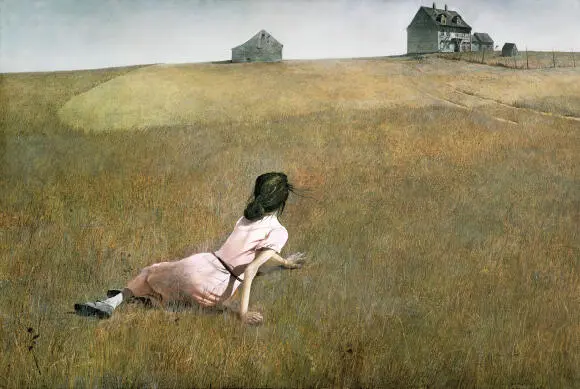
© 2016 Andrew Wyeth / Artists Rights Society (ARS), New York
Christina Baker Kline is the author of six novels, including the #1 New York Times bestseller Orphan Train. Her other novels include Bird in Hand, The Way Life Should Be, Desire Lines , and Sweet Water , as well as Orphan Train Girl, a middle-grade adaptation of Orphan Train. Her essays, articles, and reviews have appeared in the New York Times , the San Francisco Chronicle, Money, More , and Psychology Today , among other publications. She lives near New York City and on the coast of Maine.
Also by Christina Baker Kline
Orphan Train
Bird in Hand
The Way Life Should Be
Desire Lines
Sweet Water
Grateful acknowledgment is made for permission to reprint the following:
THE POEMS OF EMILY DICKINSON: VARIORUM EDITION, edited by Ralph W. Franklin, Cambridge, Mass.: The Belknap Press of Harvard University Press, Copyright © 1998 by the President and Fellows of Harvard College. Copyright © 1951, 1955 by the President and Fellows of Harvard College. Copyright © renewed 1979, 1983 by the President and Fellows of Harvard College. Copyright © 1914, 1918, 1919, 1924, 1929, 1930, 1932, 1935, 1937, 1942 by Martha Dickinson Bianchi. Copyright © 1952, 1957, 1958, 1963, 1965 by Mary L. Hampson.
The epigraph and quotes in the Author’s Note attributed to Andrew Wyeth are drawn from Richard Meryman’s biography of the artist, Andrew Wyeth: A Secret Life (Harper, 1996). Used with the permission from the Andrew Wyeth Estate.
Читать дальше
Конец ознакомительного отрывка
Купить книгу
